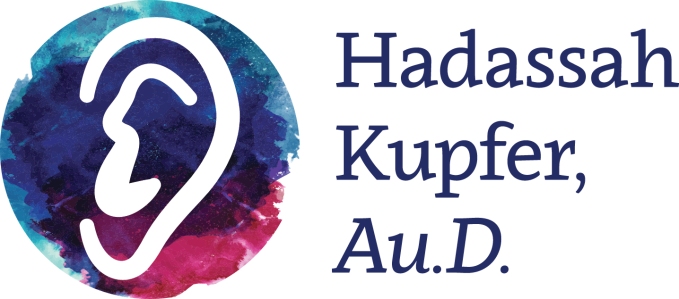- It is most common in children under age 2, and it typically goes away after age 6 as the anatomy matures.
- The fluid is behind the eardrum– inside the body. It does not come from getting bathwater in the ears. There is a strong genetic component among children with persistent fluid.
- Your child might not complain of any symptoms, since it is not painful like an ear infection (picture above depicts infected ear, but fluid will accumulate in that same area). It can coincide with frequent colds, heavy breathing, or snoring.
- The most common effect is behavioral: the fluid acts as a barrier, causing a temporary hearing loss. Children who are of developmental age and not hearing consistently or clearly may act out or lag behind.
- Monitoring is key. When your pediatrician observes fluid in your child’s ear, he/she will usually take note of how long it is lasting. Most cases resolve within 4-6 weeks, on their own (again, since there is no infection, antibiotics are not the answer), with no consequences for the typically developing child. If it is ongoing or if developmental delay is suspected, you will be referred to an audiologist to see to what extent it is affecting the hearing, and based on those results, a treatment plan will be formed. Tubes definitely have their purpose, but they are not always the answer.
